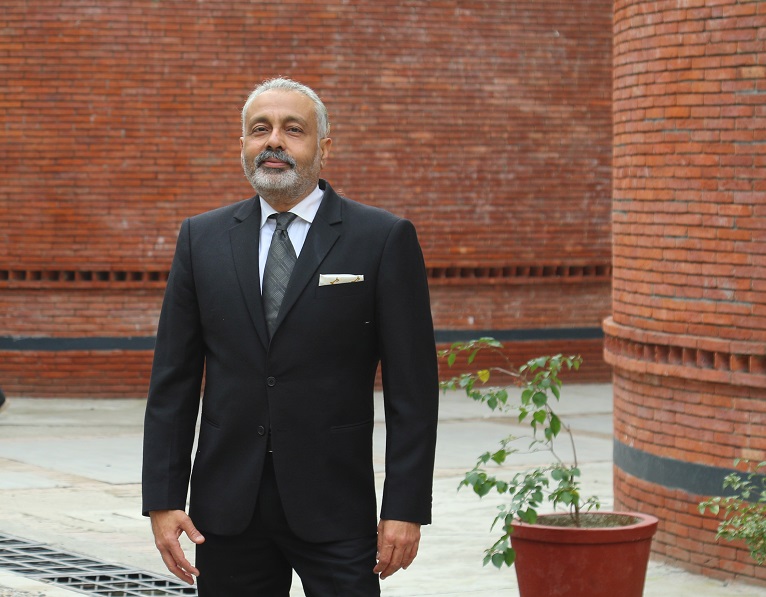Connection before Curriculum-Building Classroom Fundamentals
It is critical to incorporate safety measures into a child’s environment. Creating this protective environment at every interconnected level—from the family and classroom to the community and national level—ensures that children are physically safe and have the freedom to develop and thrive.
Education in the twenty-first century is
increasingly focused on skills rather than content knowledge. Students are not
empty buckets to be filled with facts and figures; rather, they are real people
who must learn compassion, empathy, strength, a sense of self, collaboration,
critical thinking skills, and responsible decision-making.
Here’s what Anoop Singh Bishnoi, educationist and entrepreneur, thinks about how we can create a safe learning community for our children in classrooms. He says, “Classrooms today are diverse and dynamic. The importance of equity in the classroom has never been greater than it is today. Each student should be given the tools they need to succeed academically, and their individual talents and abilities should be celebrated and encouraged.
Teachers should show a great deal of
respect for each student in the classroom and insist on respect between
students as well, both inside and outside the classroom. Students must be
reminded that differences should be celebrated, not mocked. Engaging students,
families, and communities as partners in education and decision-making is
critical because they are the most familiar with their surroundings. Their
experiences should spark discussions about what changes and enhancements are
required to best support student well-being.”
Although our students are diverse, our
educational system is not. It frequently fails to adequately provide for
students of different race, neurodivergent students, low-income students,
students with physical and mental disabilities, and others. The COVID-19
pandemic has highlighted existing socioeconomic inequalities in our education
system since March 2020. Students and teachers each bring their own set of
biases, traumas, identities, experiences, assumptions, and backgrounds to the
classroom. There is no such thing as an average student, and if education does
not actively work to break down existing barriers, it ends up reinforcing
existing inequalities. When equality is prioritized in the classroom, all
students benefit.




Comments
Post a Comment